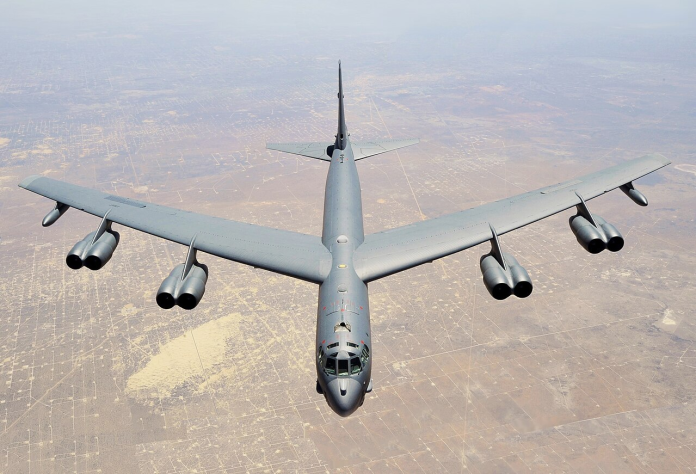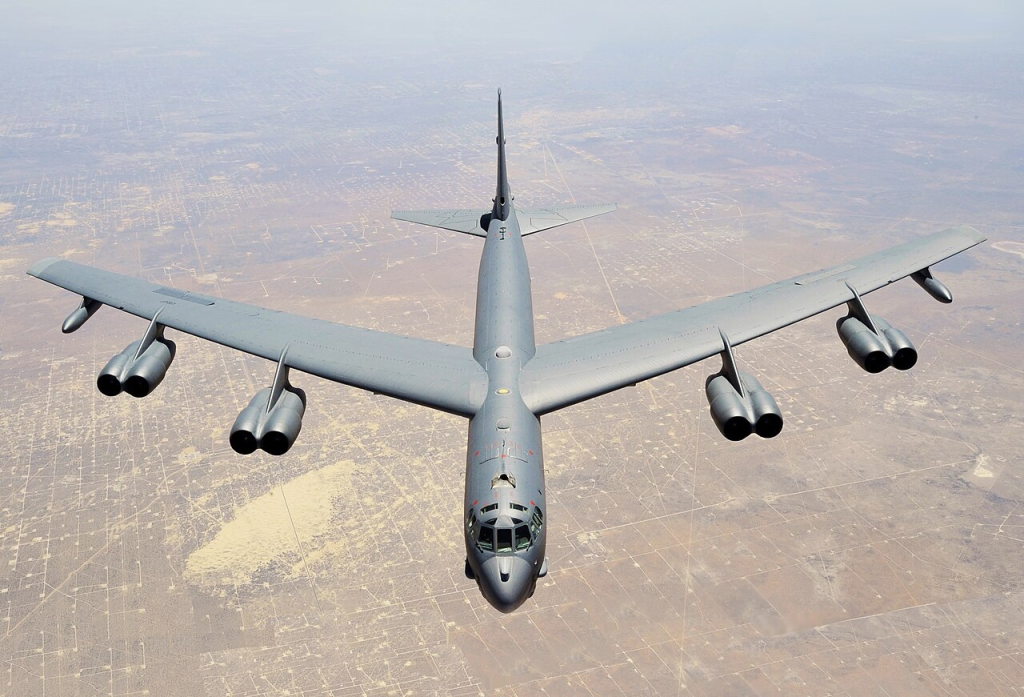
The B-52 Stratofortress is older than most of the pilots who fly it and still, it’s not ready for the scrap heap. In a world where stealth fighters and hypersonic missiles make headlines, it seems almost laughable that a bomber from the 1950s could still be a frontline asset to the 2050s. But the U.S. Air Force has a vision, and it’s not a nostalgia trip it’s firepower, range, and versatility.
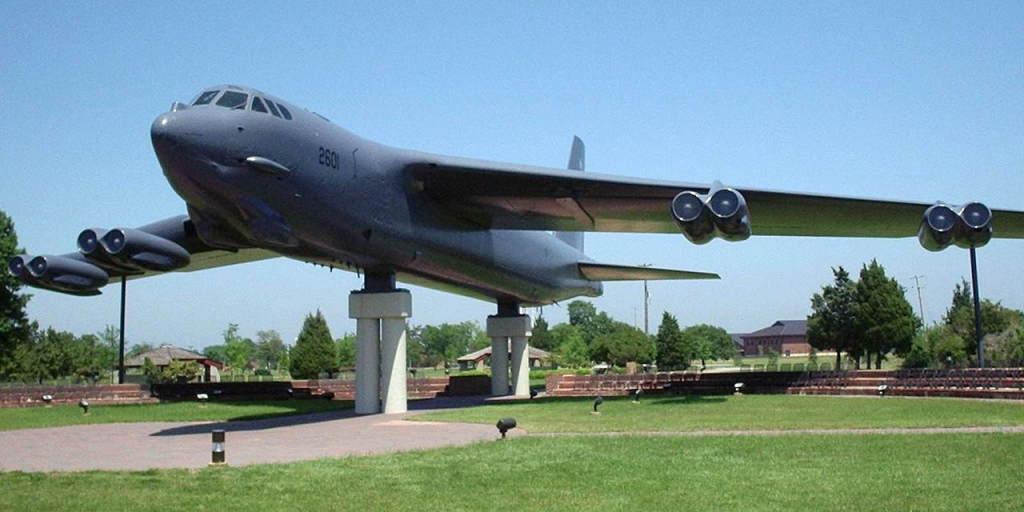
Once the centerpiece of Cold War nuclear deterrence, the B-52 has transformed into a standoff “missile truck,” able to launch a diverse mix from outside the capabilities of the globe’s most capable air defenses. Coupled with sweeping modernization initiatives some on time, some behind the Stratofortress may be the first combat aircraft to serve for a century.
Here are seven important factors that reveal how this sky giant may continue to fly and combat for many years to come.
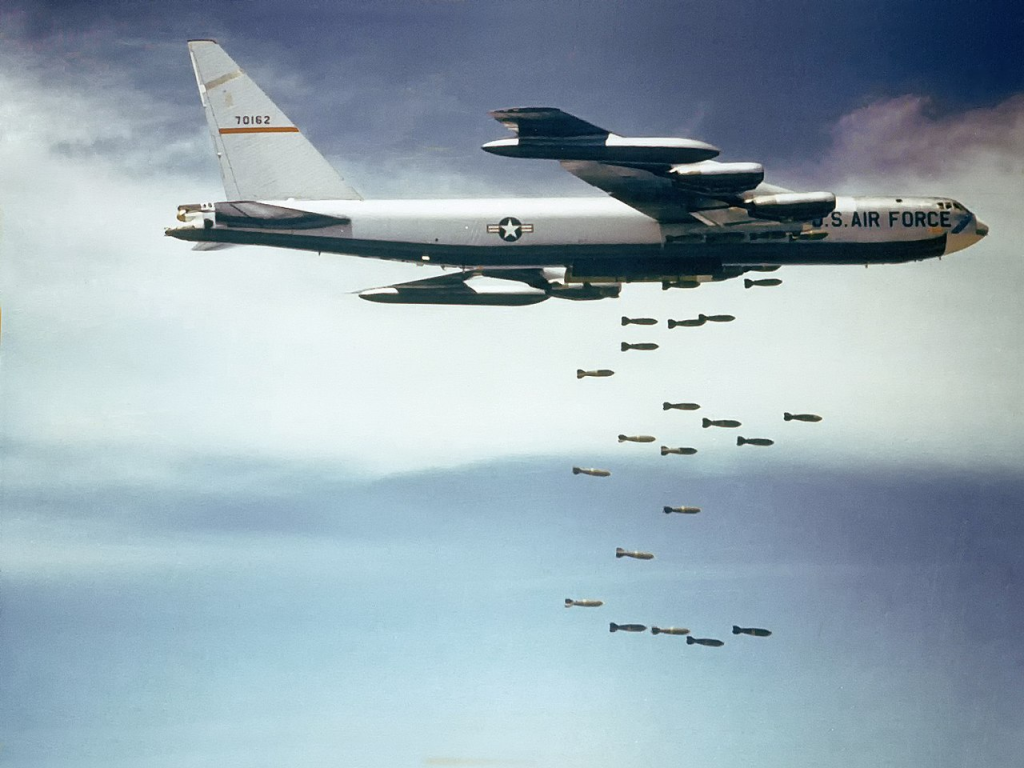
1. From Carpet Bomber to Standoff Missile Truck
The B-52’s days of low-level carpet bombing are behind it. Its survival today depends on being well out of enemy air defense zones such as Russia’s S-400 and S-500 missiles. By flying as a standoff launch platform, it can deploy precision-guided munitions from hundreds or even thousands of kilometers. This change has turned the Stratofortress into an airborne quarterback, directing strikes in conjunction with more stealthy platforms such as the B-21 Raider.
This development not only extends the operational life of the bomber but also enables it to evolve for operating in future multi-threat scenarios. The capacity to carry a large variety of munitions enables it to serve for missions as diverse as suppression of enemy air defenses, right through to deep-strike nuclear deterrence.
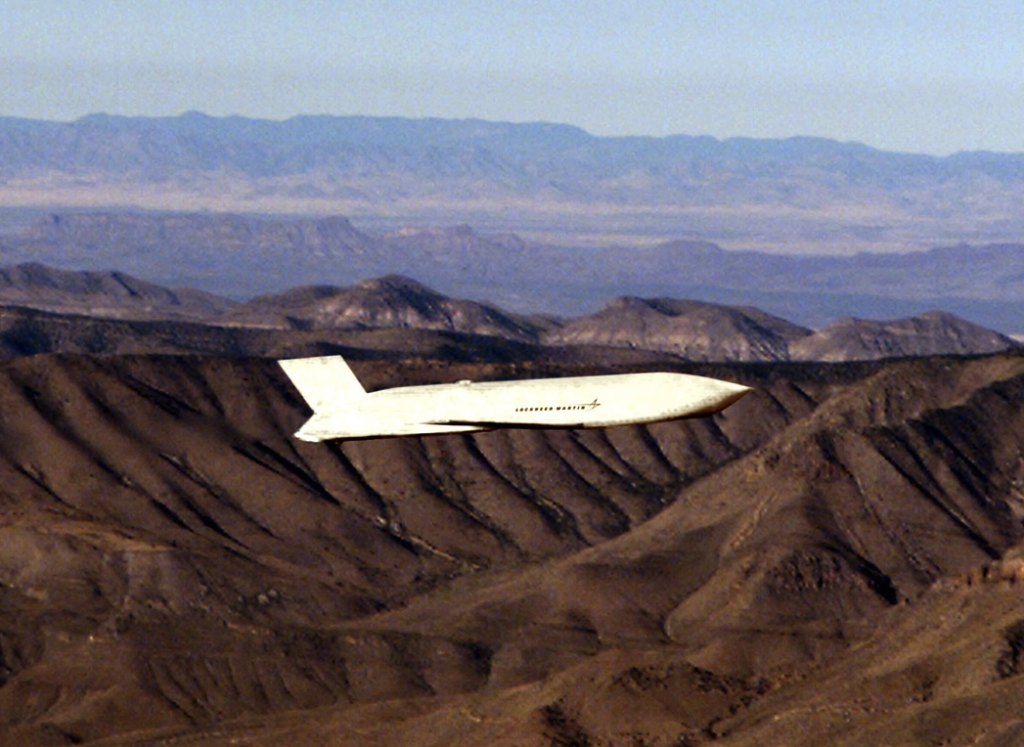
2. AGM-158 JASSM: Precision at Extreme Range
The AGM-158 Joint Air-to-Surface Standoff Missile is the B-52 workhorse for high-priority, defended targets. Originally plagued by problems in development, the missile has become a proven, low-observable cruise missile with ranges of over 500 nautical miles in its standard configuration and up to 1,000 km in the Extended Range variant. Its GPS/INS jam-resistant guidance and imaging infrared seeker permit pinpoint strikes in any weather.
All B-52s can each carry 20 JASSMs, allowing for massed salvos that would swamp even sophisticated air defense systems. As Russian commentator Leonid Avrutin explained to the National Interest in 2019, “if the regiment has 64 ready-to-launch missiles, then it can knock down a maximum of 64 targets, or actually 32,” highlighting how saturation attacks would drain systems such as the S-400.
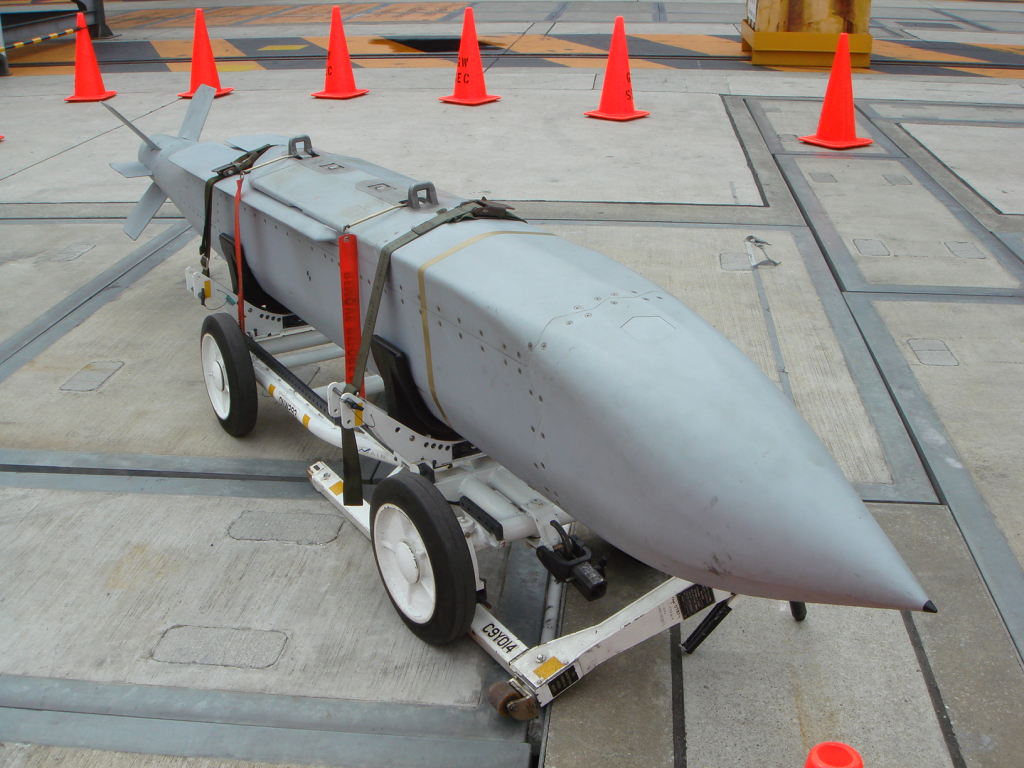
3. AGM-154 JSOW: Flexibility Against Air Defenses and Armor
The AGM-154 Joint Standoff Weapon provides the B-52 with a versatile tool for both the initial and follow-on portions of a campaign. Fitted for Day One suppression of enemy air defenses and Day Two attacks against armored forces, JSOW’s 500-pound BLU-111 warhead can also annihilate command centers and supply depots.
With infrared or GPS terminal guidance, the JSOW has been proven in combat since the late 1990s and is still credible well into the 2030s. With its potential to attack a broad target set without putting the bomber in direct harm’s way, it is an asset to augment longer-range cruise missiles.
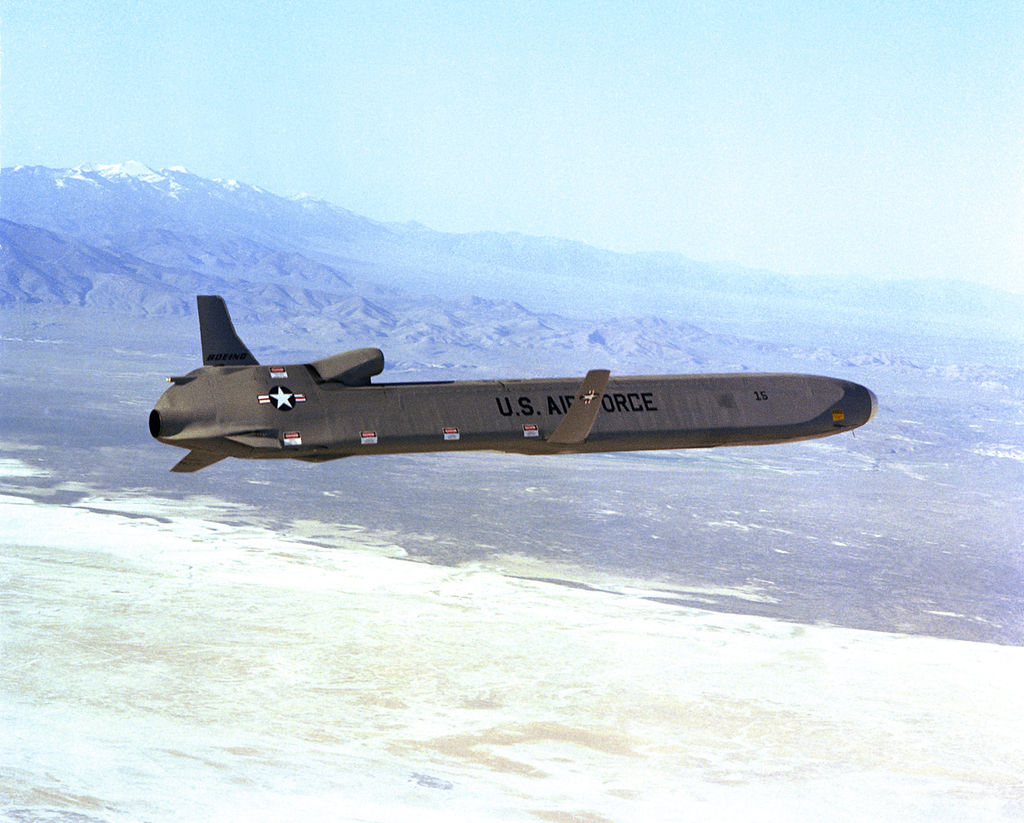
4. AGM-86 ALCM: The Nuclear and Conventional Edge
The AGM-86 Air-Launched Cruise Missile is still a pillar of the U.S. nuclear triad. Developed in the 1970s from the SCAD decoy program, the nuclear AGM-86B model carries a 200-kiloton W80-1 warhead and can target locations 2,500 km distant. Conventional models, the AGM-86C/D CALCM, have seen extensive use since the Gulf War up to Iraq and Serbia.
A life extension program will maintain the nuclear ALCM in service until its scheduled replacement by the Long-Range Standoff Weapon in the early 2030s. The B-52’s capability to deliver 20 of these missiles eight internally and 12 on wing pylons keeps it a viable strategic deterrent.
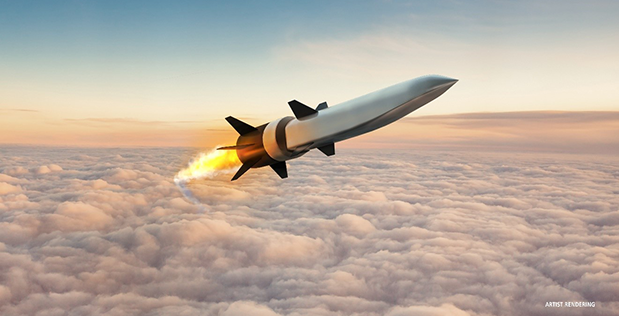
5. Hypersonic Attack Cruise Missile: Running Rings Around Defenses
The Hypersonic Attack Cruise Missile (HACM) is the B-52’s entry into the Mach 5+ era of warfare. Driven by a Northrop Grumman scramjet and produced by Raytheon, HACM offers high-speed, agile attacks that condense enemy response times to seconds. The Air Force is targeting accelerated fielding in 2027, but design issues have reduced scheduled flight tests from seven to five.
In spite of schedule constraint and estimated cost overruns, the service intends to purchase a greater initial inventory to satisfy what the GAO termed “urgency to respond to threats.” The B-52’s payload and size are well-suited for a launch platform for these advanced weapons.
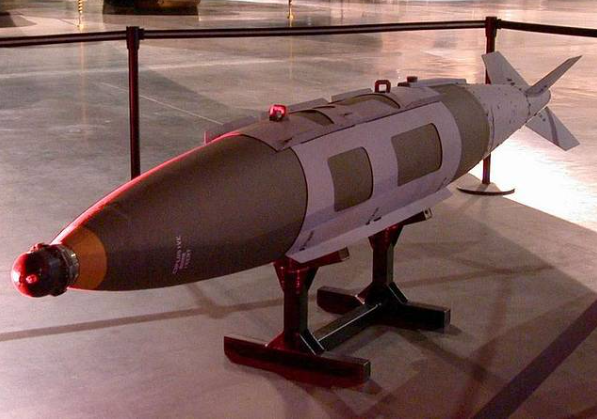
6. JDAM: Accuracy in Close and Complex Strikes
Although not a standoff weapon, the Joint Direct Attack Munition is one of the most commonly used munitions by the B-52. Through the process of transforming unguided bombs into GPS-guided “smart” weapons, JDAMs enable the bomber to strike within five meters of a target. In 2018, a B-52 released 24 JDAMs in a single attack on a Taliban training camp in Afghanistan the largest number ever fired from the aircraft.
This ability makes the Stratofortress capable of supporting ground troops, disabling hardened sites, and performing rapid multi-target attacks when air defenses are subdued.
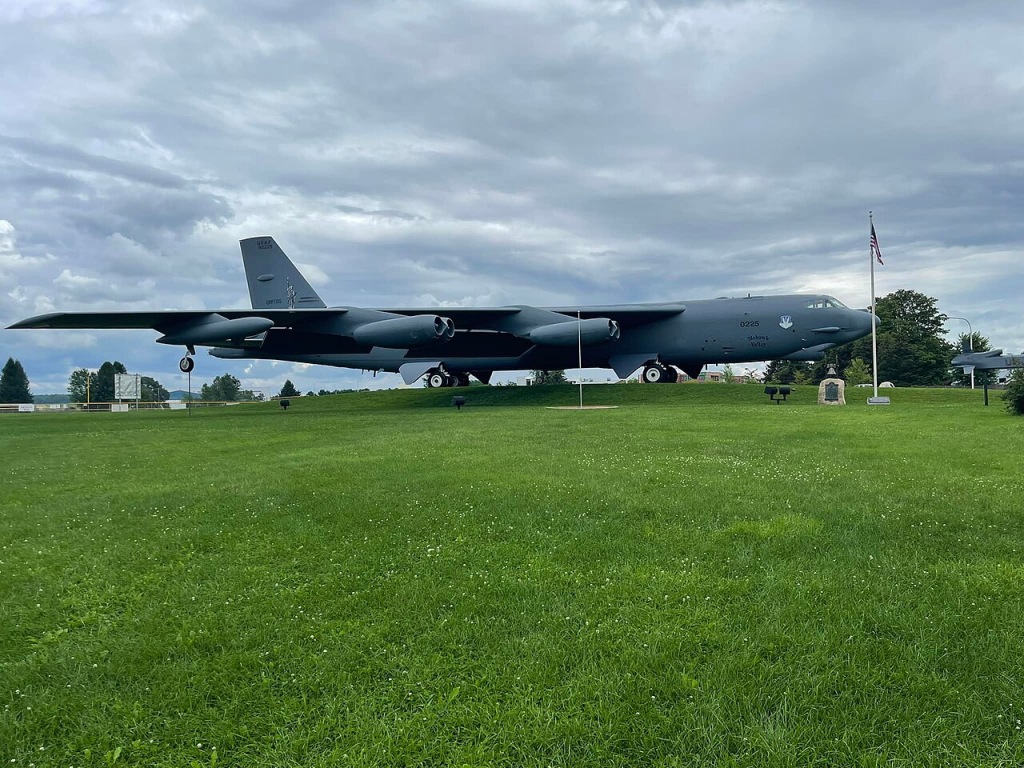
7. Challenges of Modernization: Engines and Radar
To make the B-52 a current weapon takes more than new munitions. The Commercial Engine Replacement Program will replace eight old TF33 turbofans with Rolls-Royce F130s, enhancing fuel efficiency by as much as 30%. But inlet redesign problems have added to the delay, with operational use of the new engines now anticipated in 2033.
Likewise, the AN/APQ-188 AESA radar modernization derived from the F/A-18’s APG-79 has encountered environmental qualification, procurement of parts, and software problems. Initial operational capability has been delayed to as far back as 2030. These upgrades are crucial to navigation, targeting, and guidance of networked weapons but are under threat from cost overruns and delays.
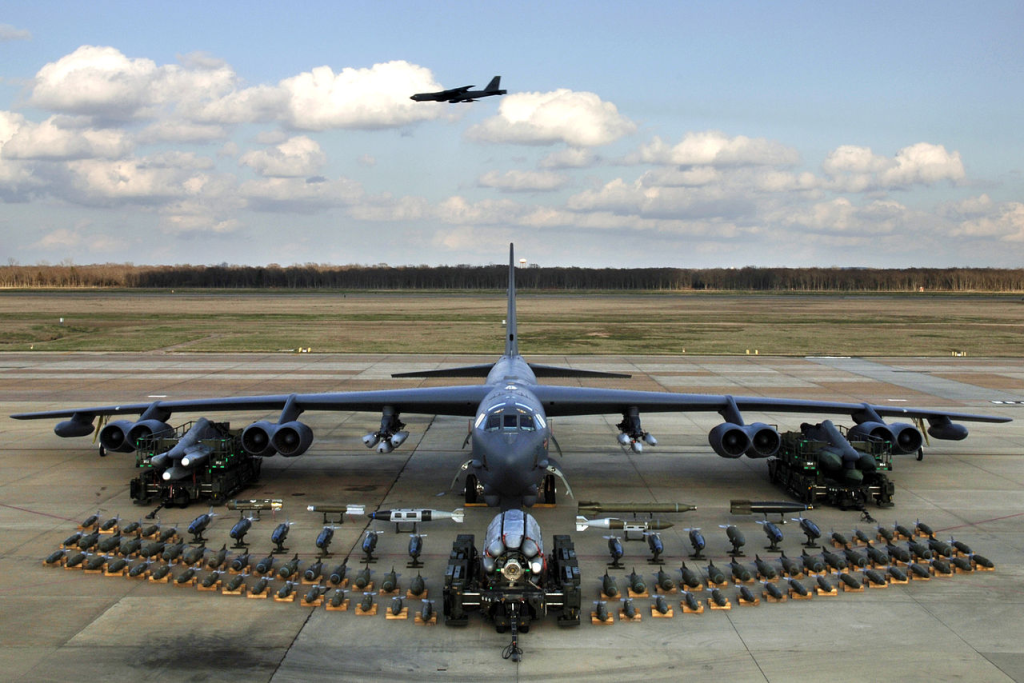
The B-52’s journey to a century on duty is not assured nor easy. Modernization projects are confronted with engineering challenges, budget constraints, and changing strategic imperatives. But the airplane’s unrivaled payload, flexibility to carry new weapons such as HACM, and capacity to serve as a standoff missile carrier provide it with a special longevity. For its adversaries, that implies the “Big Ugly Fat Fellow” will be an imposing and infuriating force in the air for decades to come.
